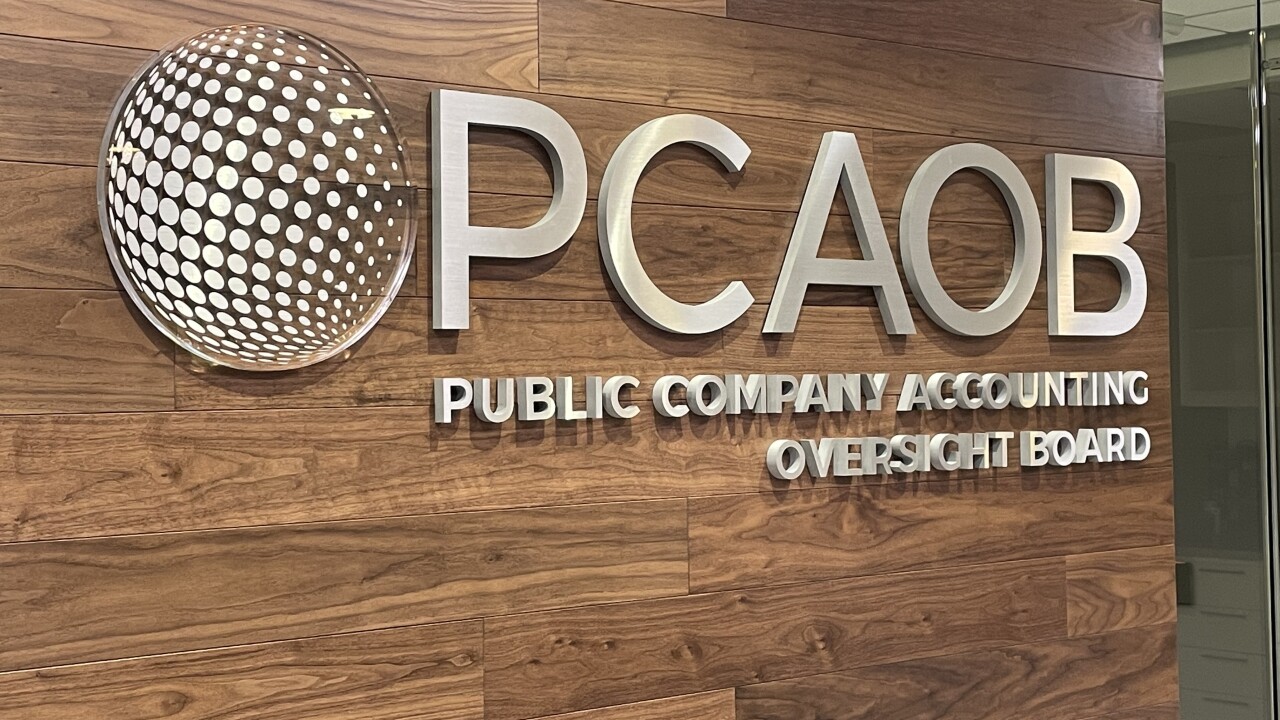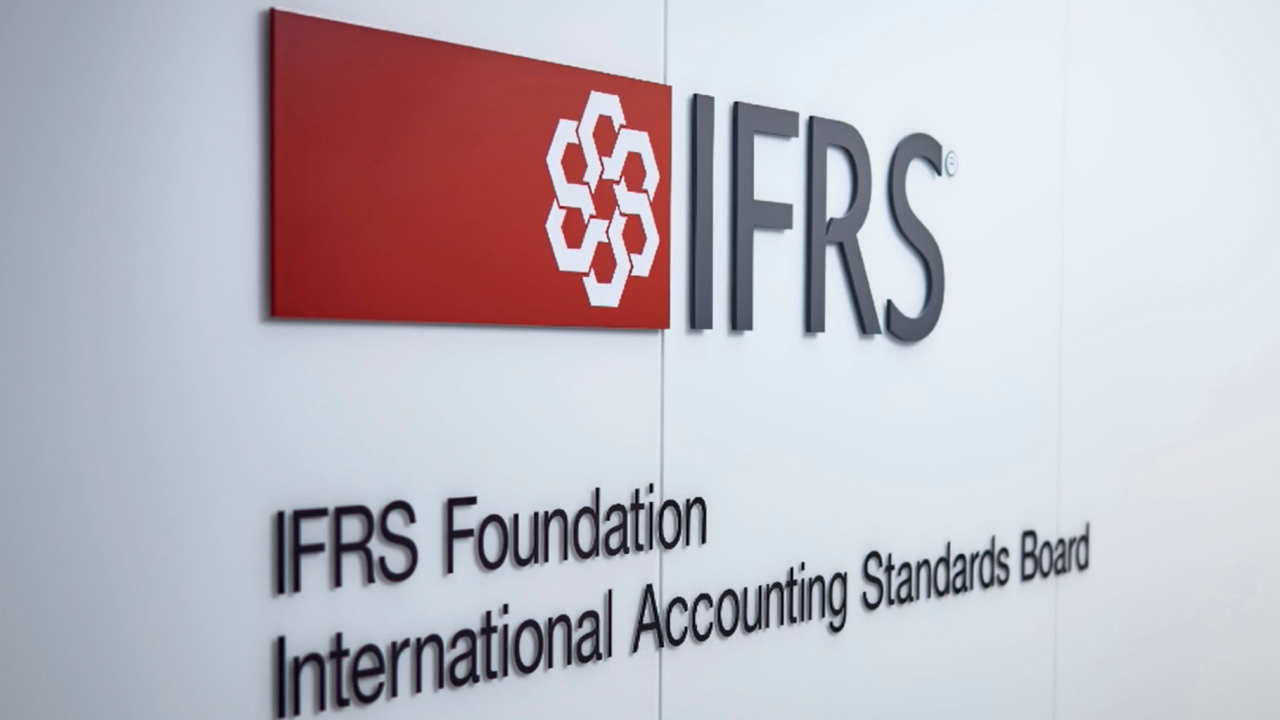The solution, embedded directly into Ignition's proposal workflow, lets firms optimize prices as they draft client agreements. The AI draws on aggregated proposal data to see if service prices sit below, above or within range, access AI-suggested optimal prices for services, and view a detailed explanation behind every price analysis. The software accounts for a firm's service details and compares them to similar ones from comparable firms using Ignition. Variables such as location, firm profile, and industry are factored into the insights, while the underlying dataset is refreshed regularly to stay relevant.
"The accounting industry has lacked transparent pricing benchmarks, unlike retail or software where businesses can easily shop around and compare," said Greg Strickland, CEO of Ignition, in a statement. "Firms are left in the dark, forced to guess prices, even though pricing is the most powerful revenue lever they have. Ignition's AI-powered Price Insights changes that. By combining AI with our rich proposal dataset, we're unlocking pricing intelligence at scale. Firms now have very tailored, data-backed guidance at their fingertips to price with confidence and clarity."

The solution draws on aggregated Ignition proposal data, so that the suggestions reflect what clients are truly paying, according to an Ignition spokesperson. Benchmarks update every few days to keep price insights up to date, and price suggestions can shift as new data flows in.
The spokesperson stressed that Price Insights are just that — insights — and are designed to guide, not dictate: Firms stay in full control of pricing decisions. If economic pressures dictate higher or lower prices, firms can adjust accordingly. For more tailored results, firms also have the option to add additional business information and context before running the analysis. The more detail firms include in a service description, the more likely pricing insights are more tailored and relevant.
Asked about how the software reacts to things like scope creep and other mid-engagement variables, the spokesperson suggested that all accounting firms revisit pricing on a regular basis because conditions change. For example, if firms change the scope of an existing service or simply haven't reviewed prices in a while, they can get fresh price insights by re-running the price analysis for each service.
Price Insights is designed to provide guidance by giving firms more visibility on what others charge, but ultimately it is up to firms to set pricing and determine the most important variables. Furthermore, insights themselves aren't static. They are dynamic, which means a user can get an updated insight by providing more context about their business, or updating the description/scope of the service.
The benchmarks are made to be as close as possible to the individual firm's specific facts and circumstances, which means people won't see the exact same price benchmarks and suggestions across the board. Some firms may charge too little, and some too much relative to other comparable firms that offer similar services.
"We designed Price Insights because there's a shortage of clarity in pricing data for the accounting industry, and professional services in general. We believe that many companies are leaving money on the table simply because pricing is mostly rooted in guesswork and firms lack visibility (and therefore confidence) to charge what they're worth," said the spokesperson. "We wanted to give our customers the ability to price with confidence and clarity. Price Insights does that by providing very tailored, data-backed guidance."
The release follows the company's launch of





